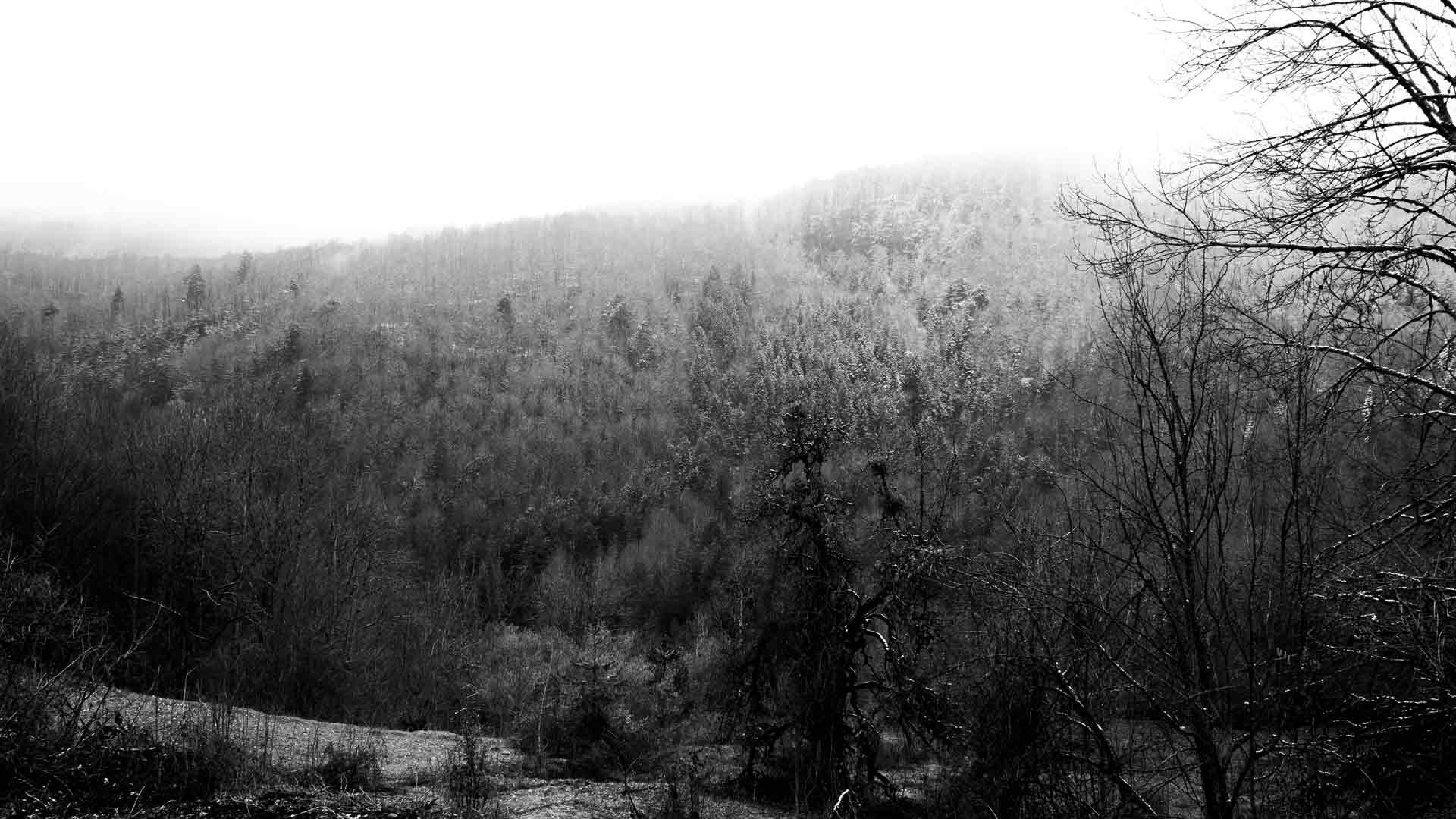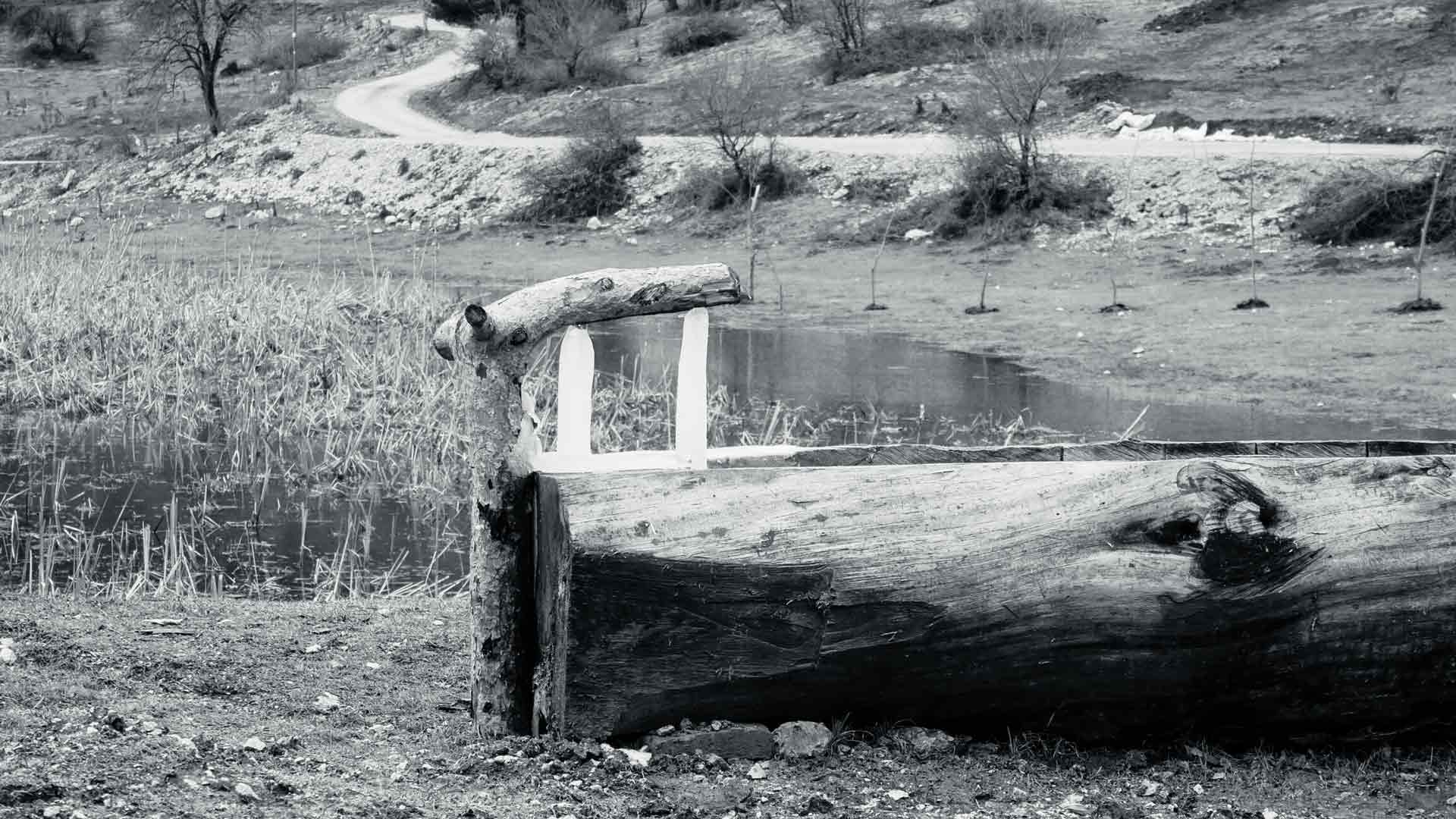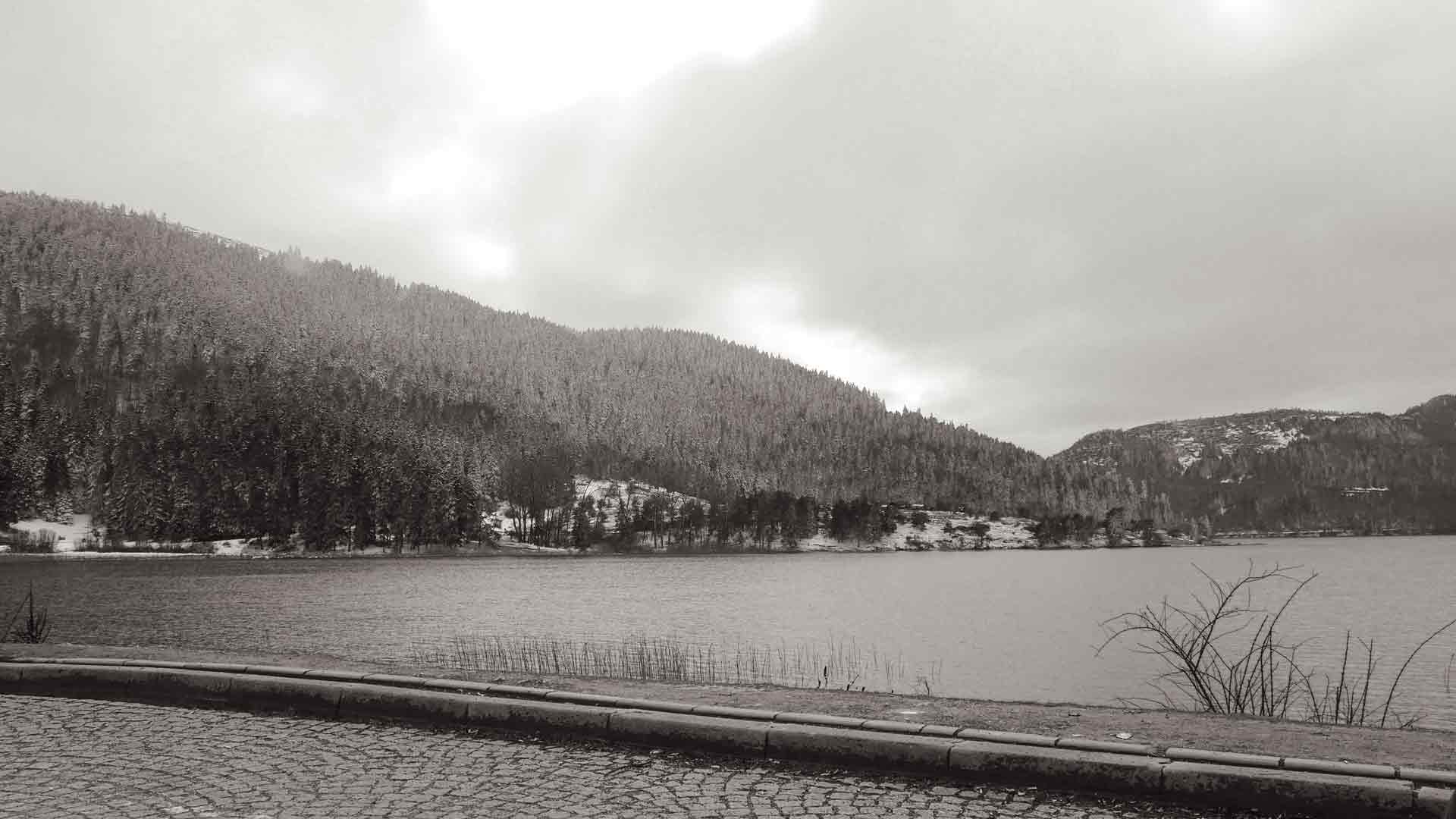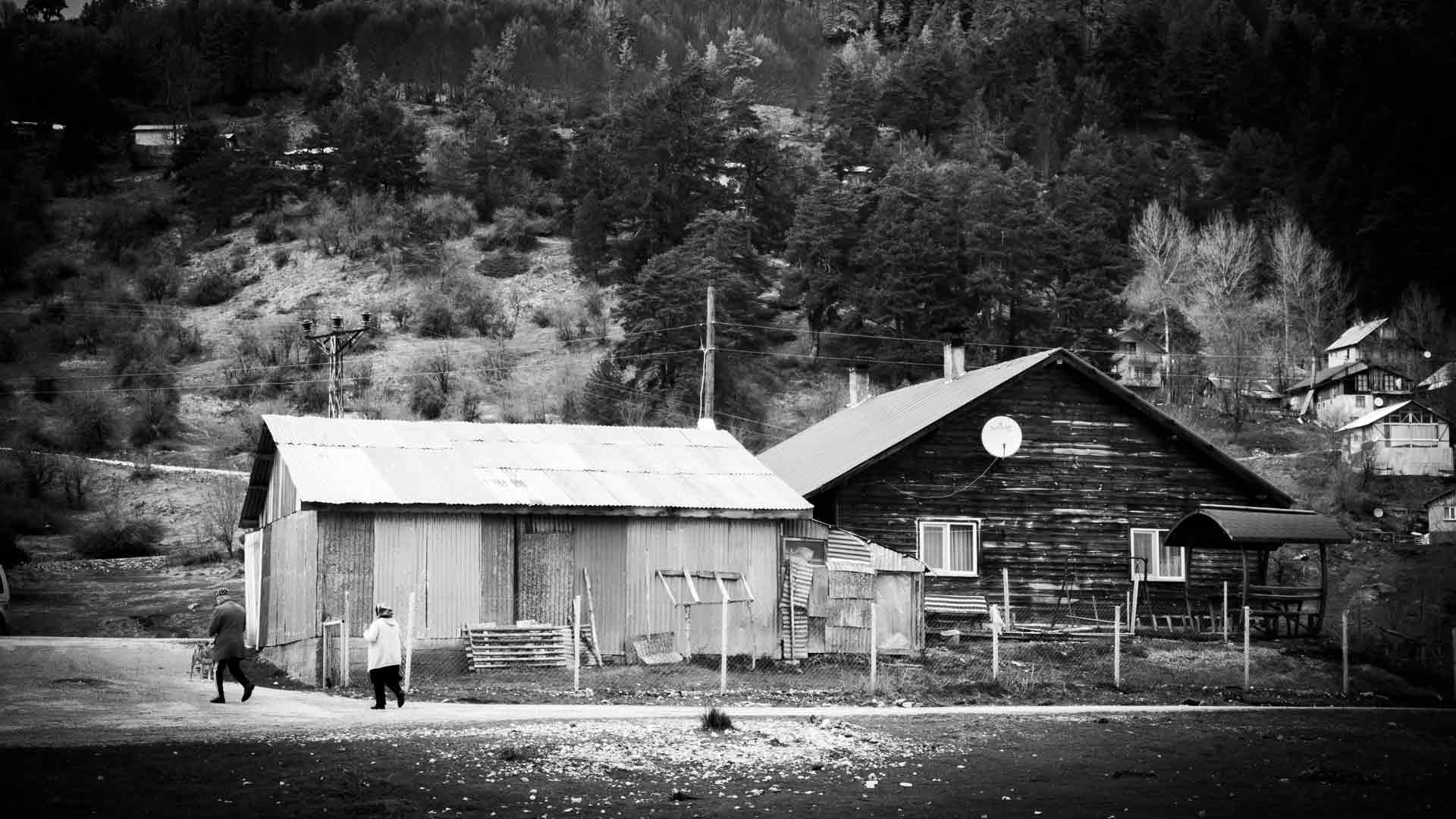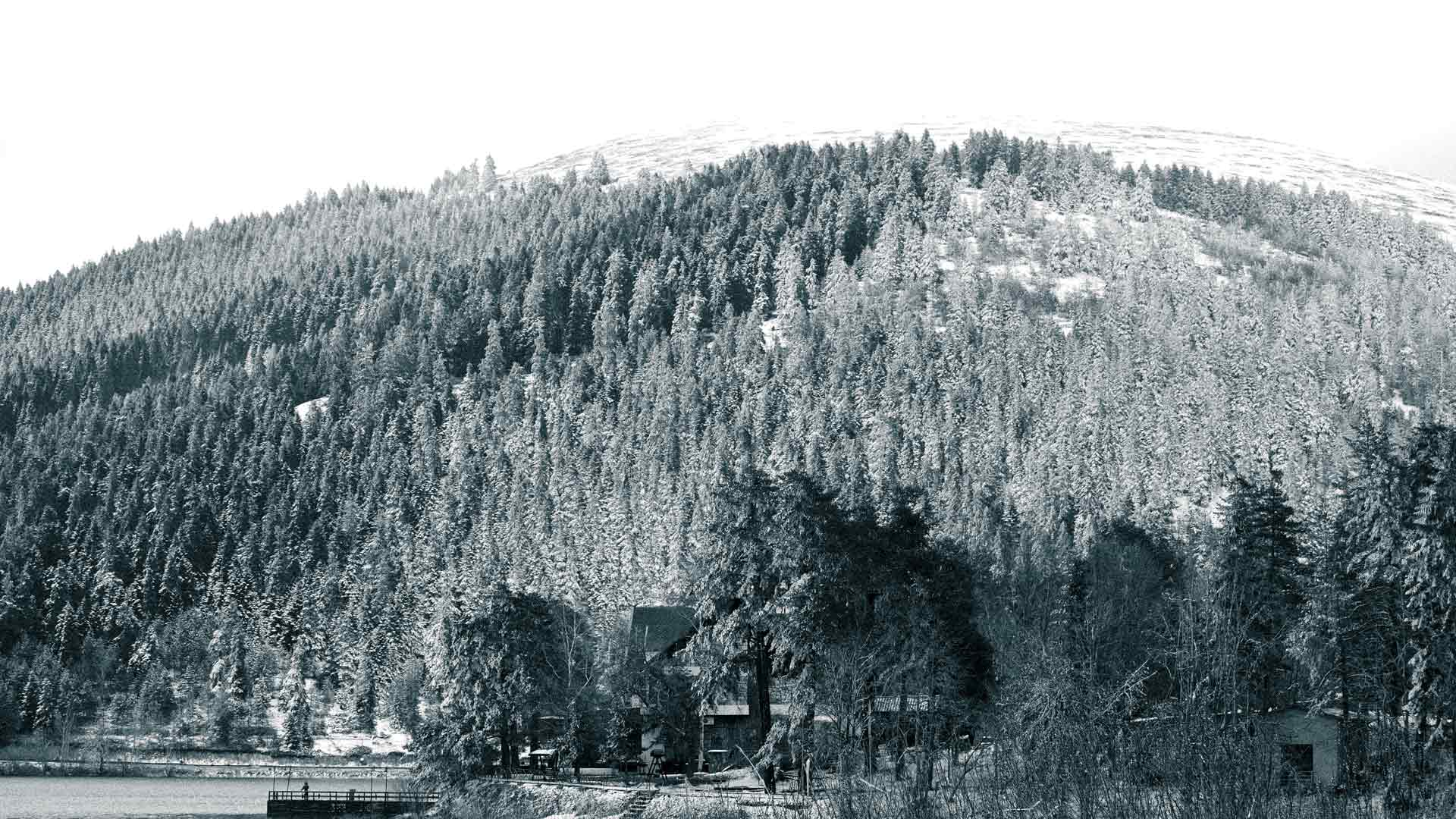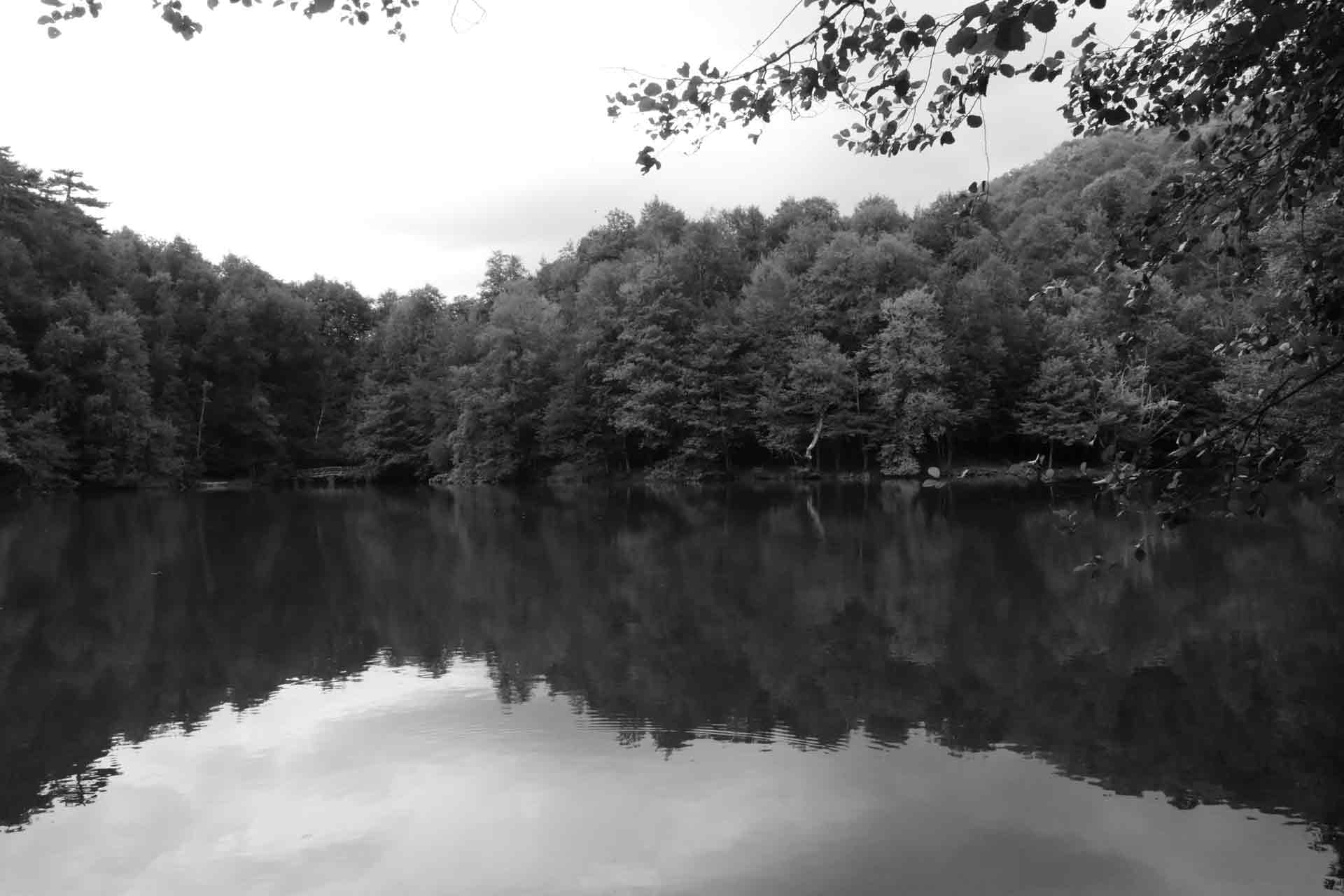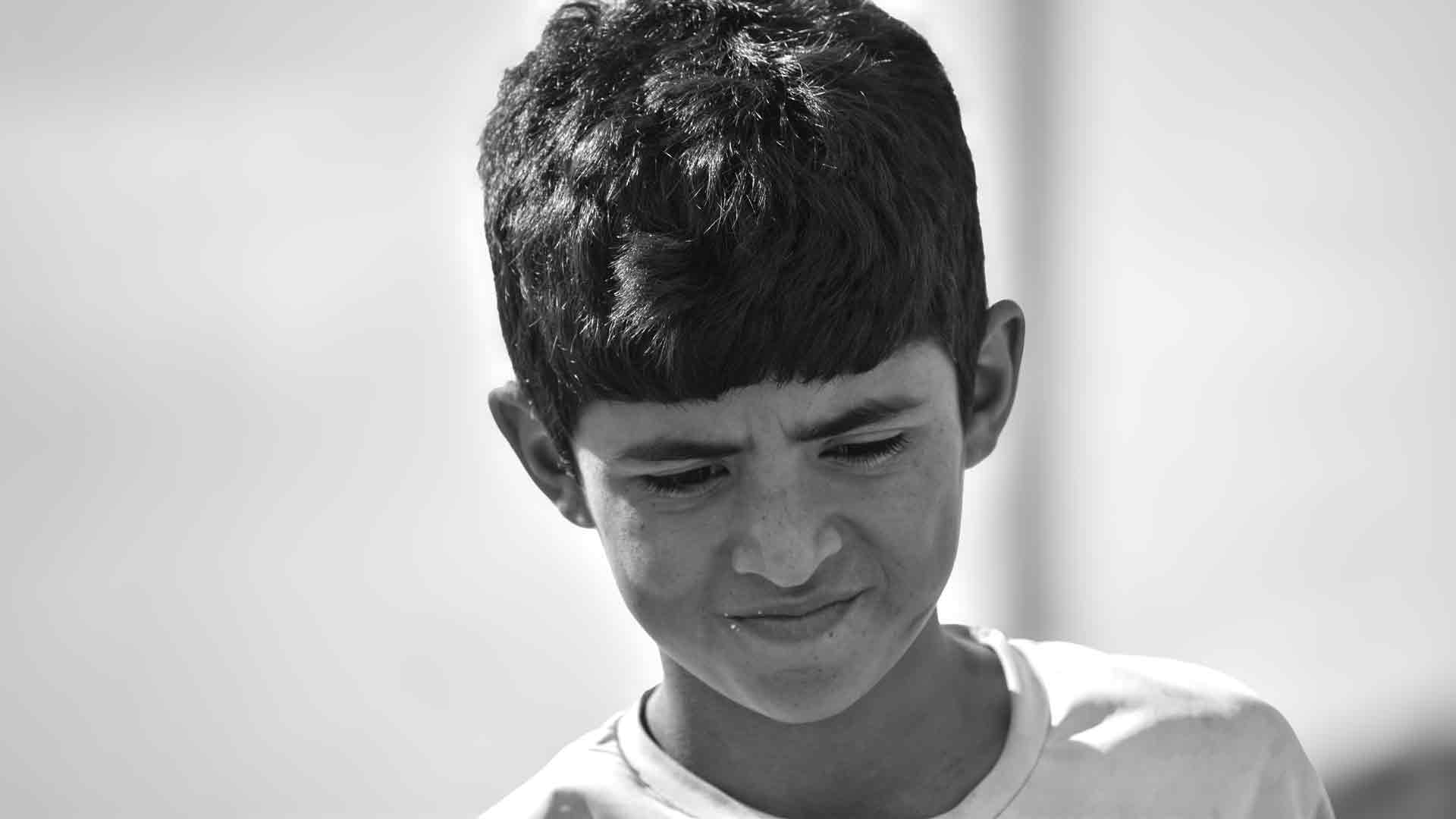Making a documentary film can be an enriching and rewarding experience, but it requires planning, creativity, and dedication. Here’s a breakdown of the steps involved:
1. Conceptualize Your Topic and Find the Story:
Brainstorm ideas that resonate with you. What stories are you passionate about telling?
Research potential topics thoroughly. Is there a unique angle or untold aspect you can explore?
Consider your target audience. Who will find this story interesting and why?
2. Develop a Strong Narrative:
Craft a compelling narrative arc with a clear beginning, middle, and end.
What is the central question or conflict your documentary will explore?
How will you use interviews, visuals, and narration to weave a captivating story?
3. Conduct Thorough Research:
Gather information from reliable sources like books, articles, and expert interviews.
Research the history, context, and key figures related to your topic.
This foundational knowledge will inform your script and filming decisions.
4. Create a Treatment and Budget:
A treatment is a detailed outline of your documentary, including the story, characters, and shooting schedule.
Develop a realistic budget that factors in equipment rental, travel, permits, and post-production costs.
5. Assemble Your Team (Optional):
Depending on the scale of your project, consider collaborating with a cinematographer, sound recordist, editor, and interviewer.
Utilize your network and research qualified individuals who share your vision.
6. Pre-Production:
Secure filming locations and obtain necessary permits.
Write interview questions and create a shot list to guide filming.
Schedule interviews with key figures and prepare them for the process.
7. Production (Filming):
Capture high-quality footage with a focus on good lighting, sound, and composition.
Conduct interviews in a comfortable setting and capture natural dialogue.
Film B-roll footage (supplementary visuals) to enhance your story.
8. Post-Production:
Organize your footage and synchronize sound recordings.
Edit the footage to create a cohesive narrative flow.
Add music, sound effects, and voiceover narration to bring your story to life.
9. Distribution:
Research film festivals and documentary competitions relevant to your theme.
Consider online platforms like YouTube or Vimeo for wider distribution.
Network with filmmakers and organizations that support documentaries.
Additional Tips:
Stay organized: Use project management tools and keep detailed records throughout the process.
Be adaptable: Be prepared to adjust your plans as unexpected situations arise during filming.
Promote your work: Generate interest in your documentary through social media, film festival submissions, and press releases.
Making a documentary can be a challenging but fulfilling endeavor. With dedication, creativity, and a well-defined plan, you can create a powerful film that informs, entertains, and leaves a lasting impact.
